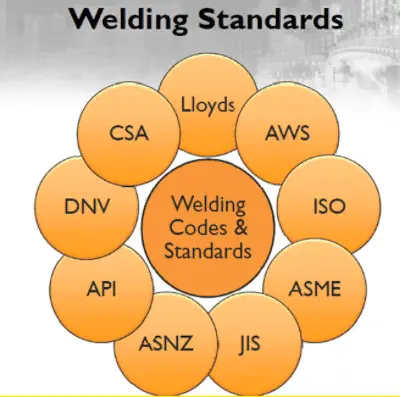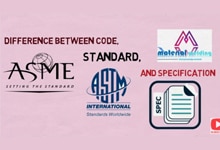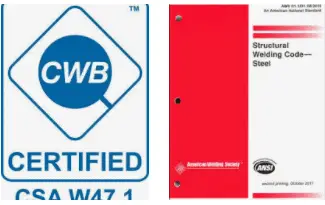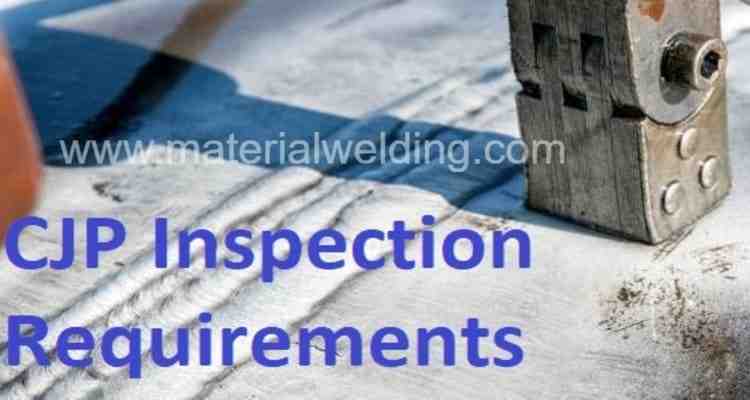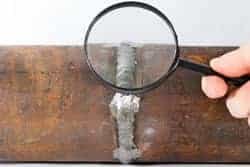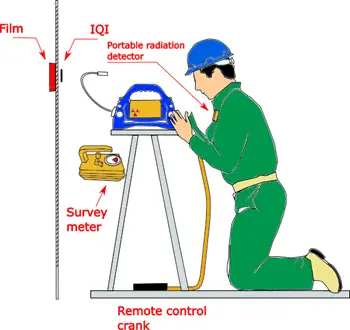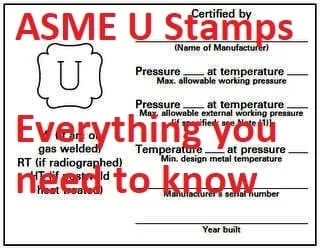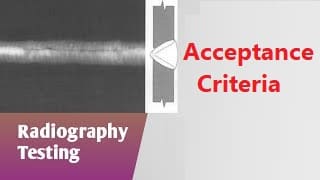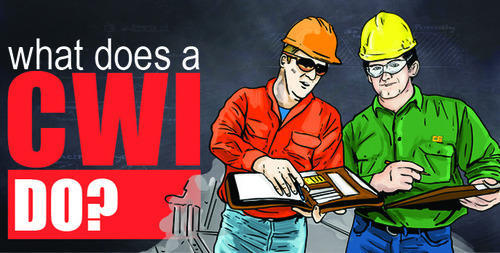UK Welding Codes explained
Welding is an essential component in the construction and engineering industries, and it is critical that welding is performed to the highest standards to ensure safety and reliability.
In the United Kingdom, the welding industry is regulated by a series of codes and standards that outline the best practices and techniques for welding.
Introduction to UK Welding Codes & Standards
UK Codes refer to British Standards, a set of standards and codes developed by the British Standards Institution (BSI) for various industries, including construction, engineering, and manufacturing.

These organizations work together to develop and maintain a comprehensive set of welding codes and standards that provide the industry with guidelines for welding techniques, materials, and quality control.
These codes provide guidelines and best practices for various aspects of these industries, including materials, products, services, and processes.
BS Codes cover a wide range of topics, including quality control, safety, and technical requirements.
They are widely used in the UK and other countries, and are designed to ensure consistency, safety, and reliability in the industries they regulate.
Related Reading: Differences between Code, Standard & Specification.
List of UK Welding Codes & Standards and their Applications
List of UK Welding Codes and their Applications
1. BS EN ISO 9606-1:2013 – Qualification testing of welders – Fusion welding This code outlines the requirements for the qualification of welding personnel, including welding operators, welding supervisors, and welding coordinators.
Read more: Welding Codes & Standards worldwide.
2. BS EN ISO 15614-1:2017 – Specification and qualification of welding procedures for metallic materials – Welding procedure test.
This code outlines the requirements for the development and qualification of welding procedures, including the selection of welding processes, materials, and welding consumables.
3. BS EN ISO 1090-2:2008 + A1:2011 – Structural steel and aluminum structures – Part 2: Technical requirements for steel structures.
This code outlines the technical requirements for the design, fabrication, and installation of steel structures, including welding requirements and quality control procedures.
4. BS EN ISO 15609-1:2004 – Specification and qualification of welding procedures for metallic materials – General rules.
This code provides a comprehensive overview of the requirements for welding procedure specifications and qualifications, including the selection of welding processes, materials, and welding consumables.
5. BS EN ISO 14731:2017 – Welding coordination – Tasks and responsibilities.
This code outlines the responsibilities and tasks of welding coordinators, including the development of welding procedures, quality control, and personnel training.
6. PD5500 – Specification for unfired fusion welded pressure vessels.
This code provides guidelines for the design, fabrication, and inspection of unfired fusion welded pressure vessels, including requirements for welding procedures, materials, and quality control.
7. BS 499-1:1997 – Steel, wrought and cast – Terminology, classification and methods of mechanical testing.
This code provides definitions and classifications for various types of steel, including cast and wrought steel, and outlines methods for mechanical testing.
8. BS 4515-1:1999 – Specification for wrought aluminum and aluminum alloys for fusion welding.
This code outlines the requirements for the selection and use of aluminum and aluminum alloys for fusion welding, including welding procedures, materials, and quality control.
9. PD 6705-2 – Specification for the qualification of welding procedures and welders for the welding of pipelines and pipelines components in the United Kingdom offshore oil and gas industry.
This code provides guidelines for the qualification of welding procedures and welders for the welding of pipelines and pipeline components in the United Kingdom offshore oil and gas industry, including requirements for welding procedures, materials, and quality control.
10. PD 6705-3 – Specification for the qualification of welding procedures and welders for the welding of pipelines and pipelines components in the United Kingdom offshore oil and gas industry – Part 3: Arc welding.
This code provides guidelines for the qualification of arc welding procedures and welders for the welding of pipelines and pipeline components in the United Kingdom offshore oil and gas industry, including requirements for welding procedures, materials, and quality control.
Conclusion
The UK welding industry is regulated by a comprehensive set of codes that provide guidelines for welding techniques, materials, and quality control.
These codes ensure the safety and reliability of welding, and it is important for welding personnel to have a good understanding of these codes in order to perform their work to the highest standards.
It is also important for employers to provide their welding personnel with the necessary training and resources to comply with these codes and to ensure that welding is performed to the highest standards.
